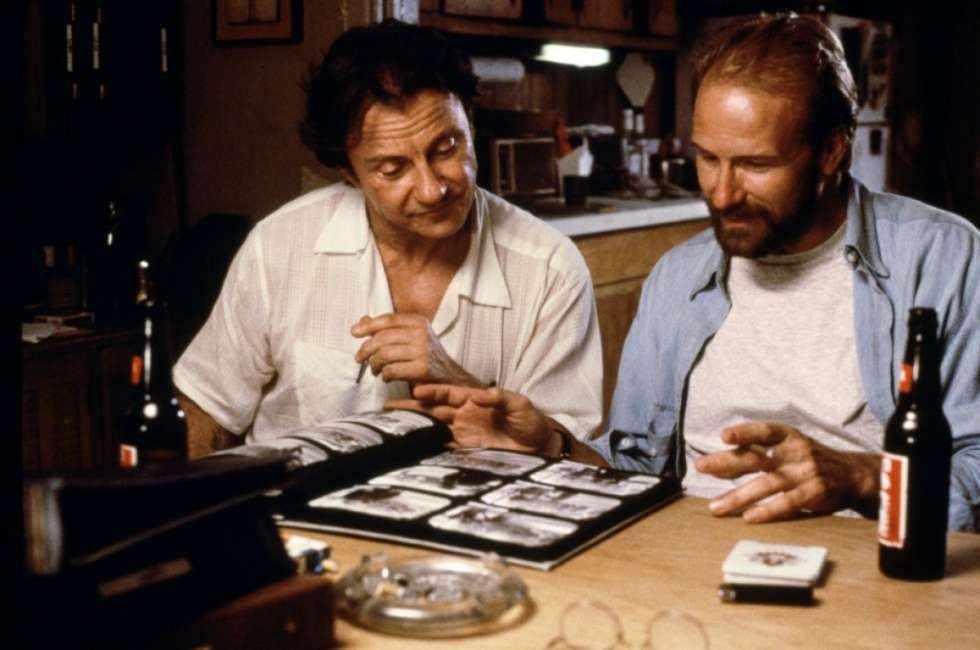I started reading Paul Auster in the very early ’90s because I was friends with Lou Reed and they had dinner together in New York. If he was Lou Reed’s favorite writer, he had to be read without excuse. They were both united by an intimate and obsessive search for the resolution of an enigma called New York. If Lou Reed released an album titled New YorkAuster published The New York Trilogy. The things that Paul Auster said at the death of Lou Reed could now be said at the death of the author of The book of illusions. The main one: both Lou Reed and Auster had the secret ingredient of modernity, their works were new and different. They were different.
The writer Ana Merino introduced me to Paul Auster at the Miami Book Fair in November 2013 and I had the opportunity to tell her that it was Lou who led me to his novels. Auster laughed and expressed sorrow for the death of his friend. At that time it had been barely a month since Reed’s death, in October 13. Paul Auster had an iconic and cinematic face. Auster was a literary variant of the symbolic faces of Paul Newman and Robert Redford. In Europe, Auster was the most avant-garde and modern face of American literature. Cinema and music were part of his creative world.
With his friend the film director Wayne Wang he made an exceptional and wonderful film. I’m talking about Smoke (nineteen ninety five). Then, alone, he rolled Lulu on the Bridge (1998). But it is Smoke which leads Auster’s literature to a cinematic state, because his literature was twinned with cinema. I believe that soon someone will bring his latest and excellent novel to the screen. Baumgartner, a visual novel to the highest degree. The great Smoke It was fifty percent cinema and literature. If you love cinema, and you haven’t seen it yet Smokeyou’re already late.
The universal tribute that one can pay to Paul Auster today is to see again Smoke. I see her once a year. And I am moved. Everything is love in that movie, a austeriana expression of love of life. Auster was not only a writer with a heart full of cinema. He also filled it with music. The end of the film is a song by Tom Waits, which he sings while Harvey Keitel tells the world’s most beautiful Christmas story. Auster was pure ironic love of life. And that was true not only in his novels, which had a solid desire to move towards all contemporary arts.
In the film Blue in the Face, also directed by Auster, Lou Reed appears on the screen talking about Swedish television that broadcasts live eye operations with suffocating realism. I remember that Sweden issued a statement censoring that moment in the film. New York was always a party. Tom Waits, Harvey Keitel, Lou Reed, Stockard Channing, the most attractive one-eyed woman in the world, with her patch over her left eye that she wears in the same style as our Ray Loriga, and, of course, William Hurt, Auster’s alter ego in this movie.
I must say that it is very convenient to remember Smoke in the death of Paul Auster, because there we are told things that will remain alive for many decades. It’s a movie about the natural goodness of people. And that was Auster: goodness, beauty and magic.
Subscribe to continue reading
Read without limits
_

